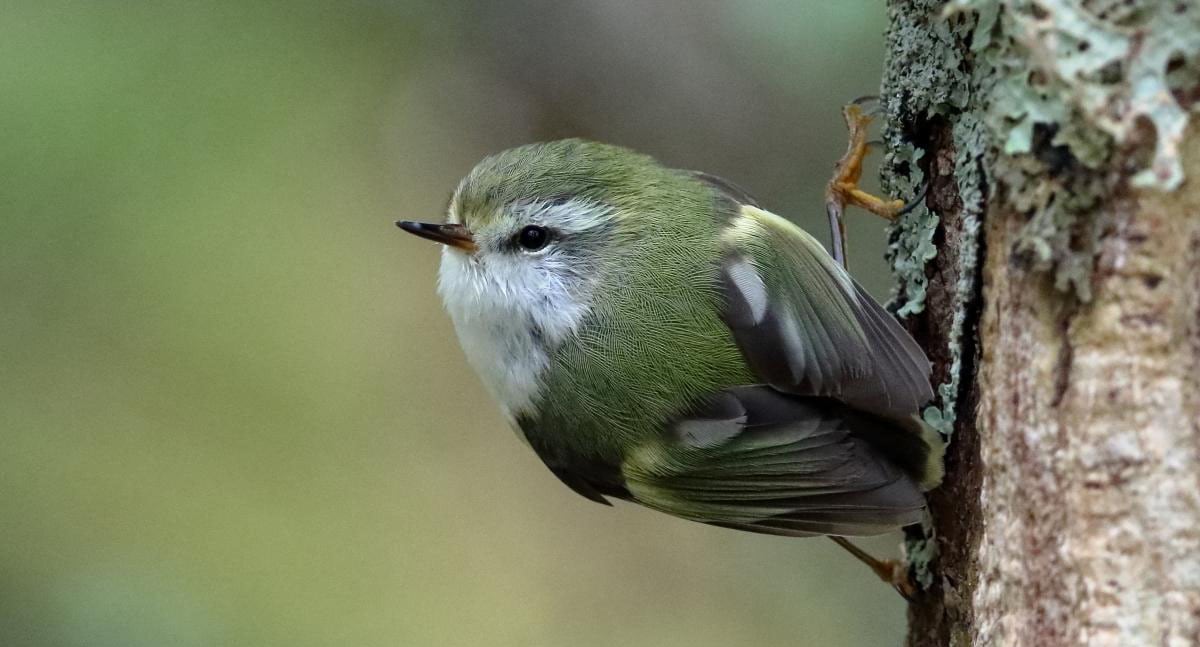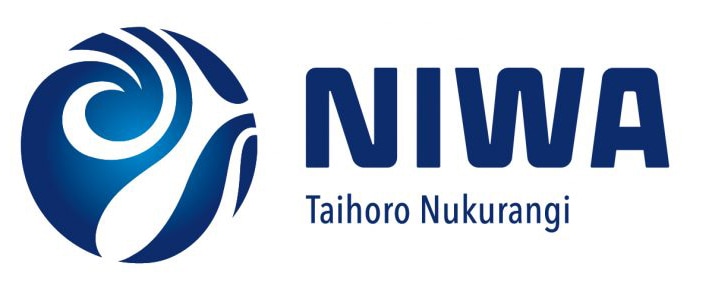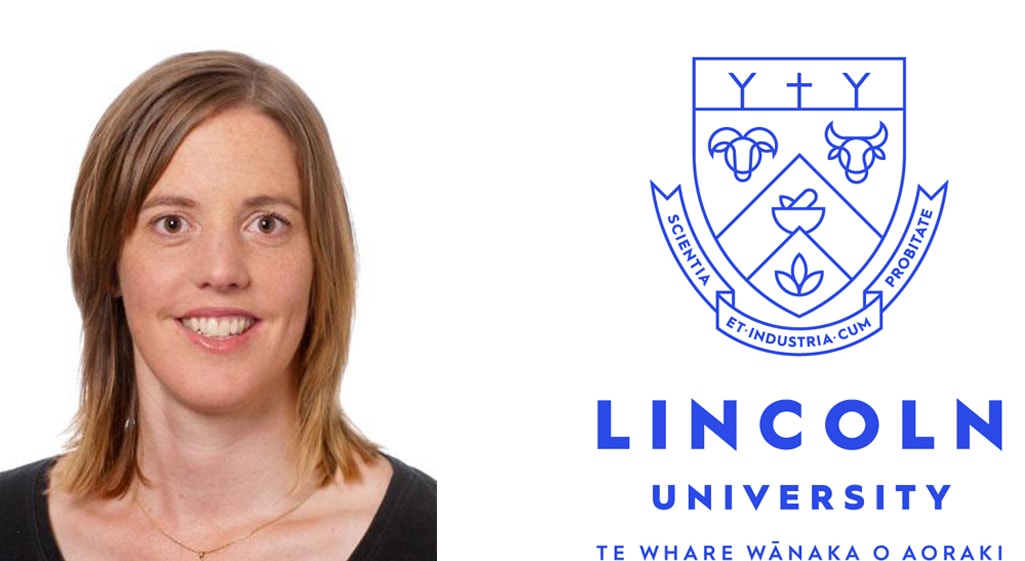Bragato Research Institute installed an Oxford Nanopore PromethION Sequencer at our Grapevine Improvement Laboratory to characterise and understand genetic differences among grapevines. As this was the first high-throughput single-molecule sequencer in New Zealand, we have also made this technology available to other researchers from any field.
That has led to unique collaborations with scientists from around New Zealand and internationally. One area of particular demand is with New Zealand native species. Researchers studying our native flora and fauna recognise the species are taonga and the value of using Aotearoa-based services or expertise to ensure appropriate stewardship of the samples and data.
Recent projects include native birds and mammals such as tara iti – fairy tern, titiponamu – rifleman and pekapeka – New Zealand lesser short-tailed bat. Our lab team has developed expertise with tricky samples, a label that is often applied to plants, and this has led to collaborations on insects and marine organisms including sea urchin, coral and sea cucumber.
Although every project has a different objective, sequencing the genome of these species is usually to develop a more comprehensive understanding of the genetic makeup of an organism and to serve as a foundation for understanding key facets of their biology, such as the genetic basis of specific traits, or the evolutionary history or conservation potential of the species.
Some of these projects will be highlighted at the upcoming Pores and Pours: Oxford Nanopore Technologies Research Symposium 2024 event on Tuesday 11 June. For those working in genomics and epigenetics in New Zealand, this event provides an opportunity to share research experiences with peers and receive updates on the latest technology developments from Oxford Nanopore Technologies over a glass of New Zealand wine.
Access to PromethION DNA sequencing is available to Aotearoa’s researchers. For more information, or to discuss potential projects, contact: sequencing@bri.co.nz

















